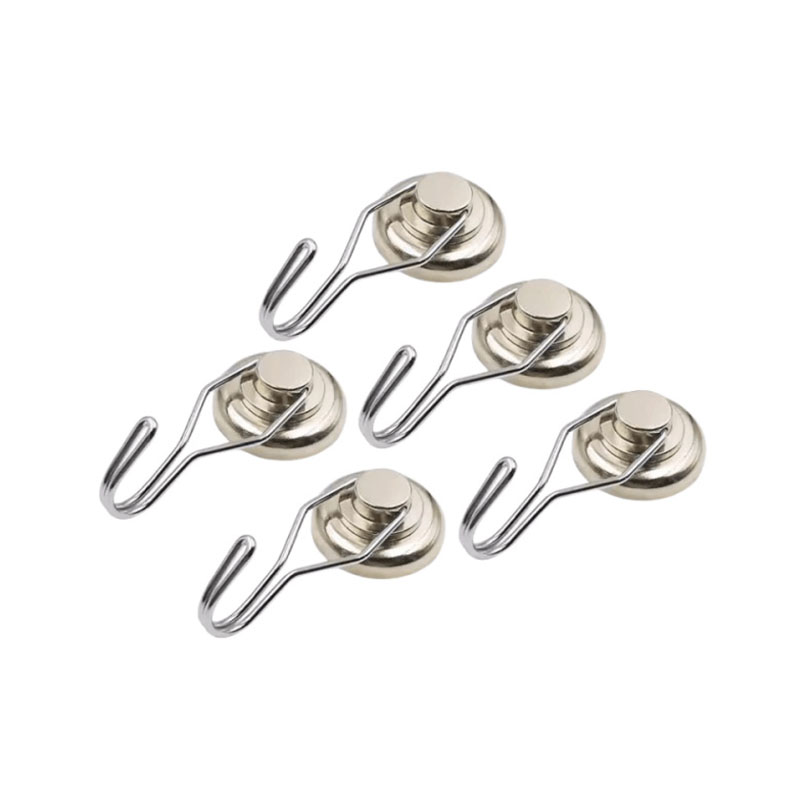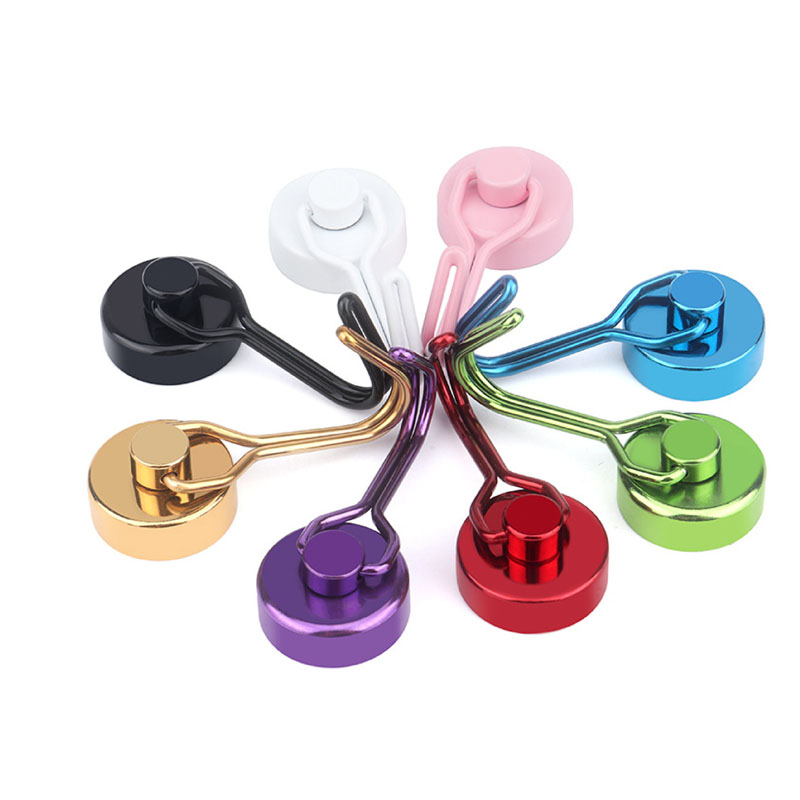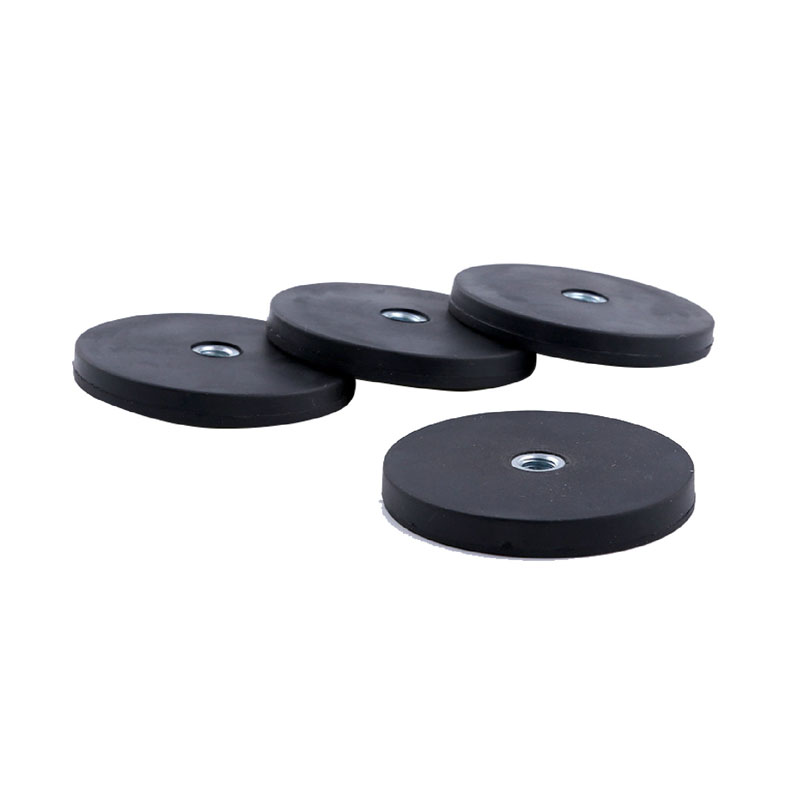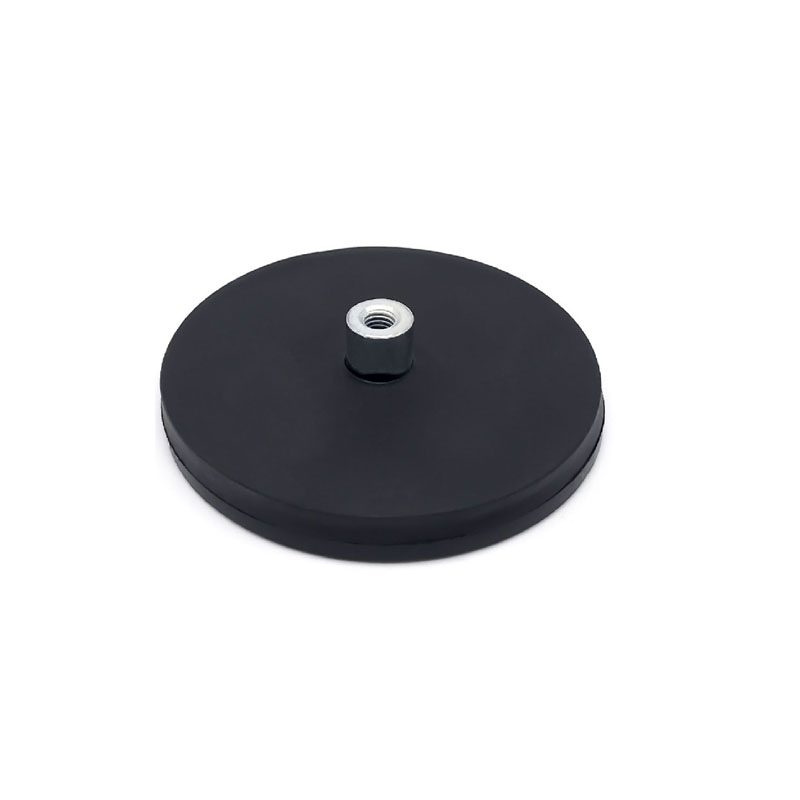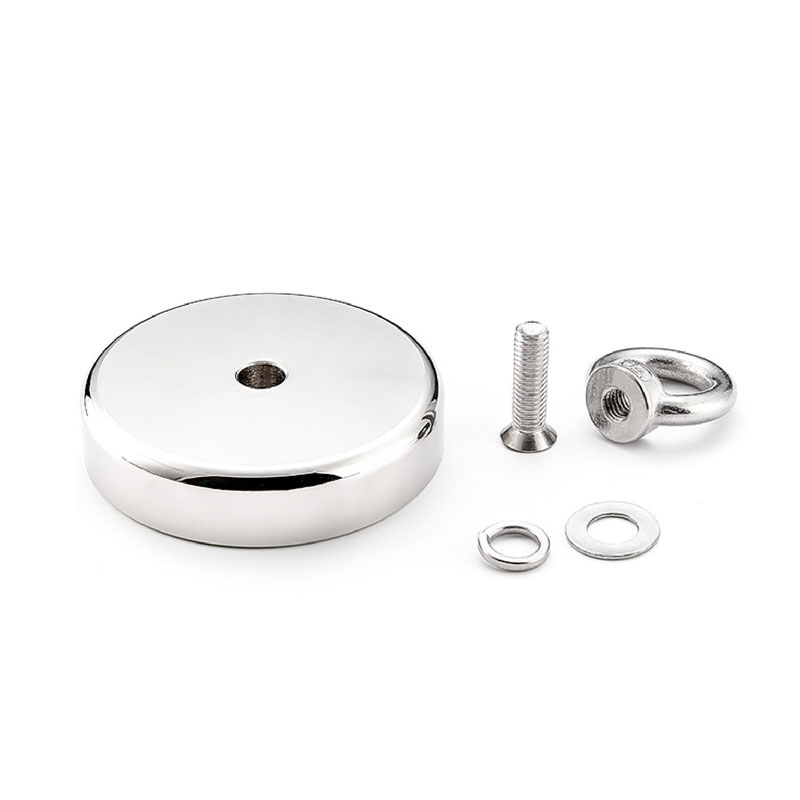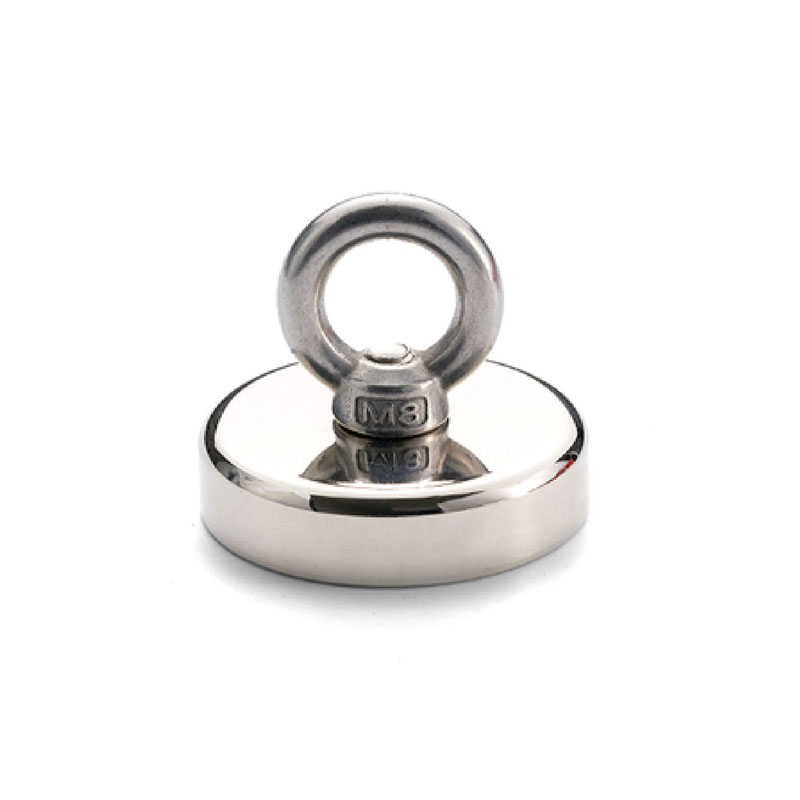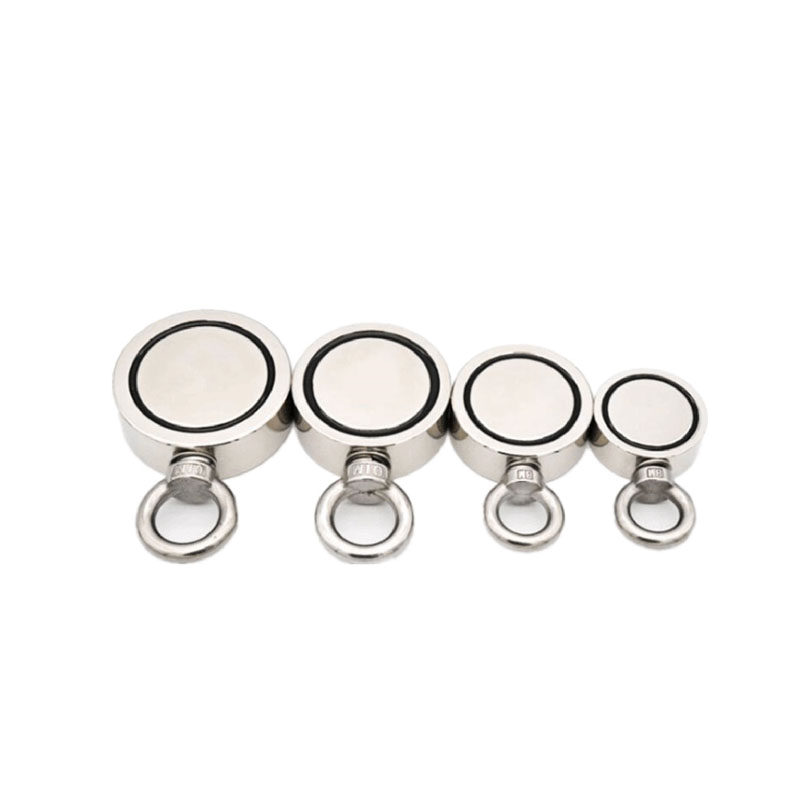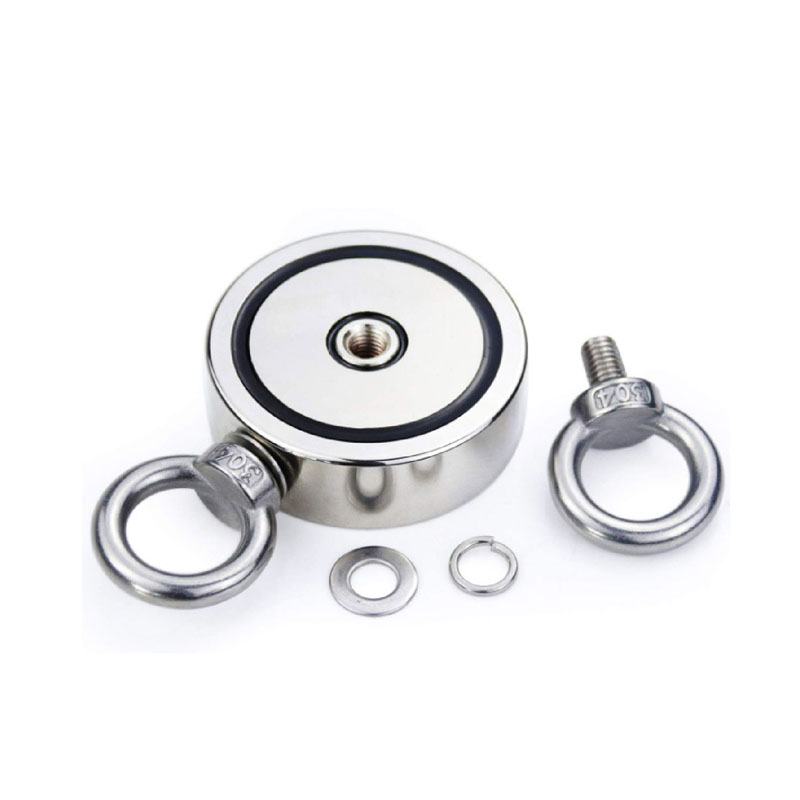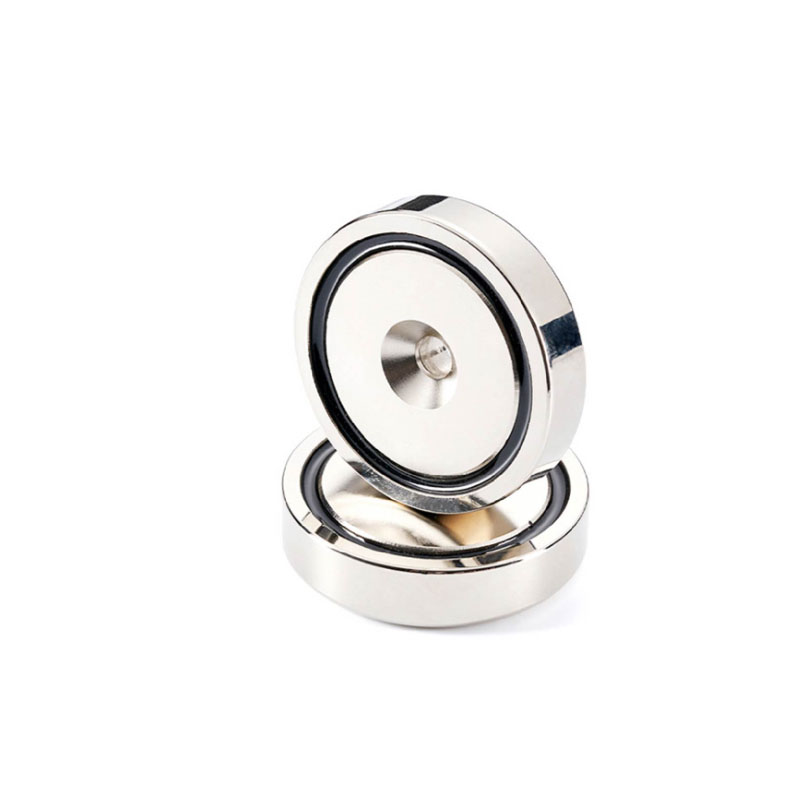NdFeB magnets characterize the magnetic material parameters respectively:
1、Magnetic energy product (BH)
Definition: The product of the magnetic flux density (B) and the corresponding magnetic field strength (H) at any point of the demagnetization curve of a permanent magnet. It is a parameter that characterizes the total stored energy in the externally generated magnetic field per unit volume of the permanent magnet material. Unit: MGOe or J/m3.
Brief description: The product of B and H at any point on the demagnetization curve, i.e. BH, we call the magnetic energy product, and the larger value of B x H is called the larger magnetic energy product, for point D on the demagnetization curve. Magnetic energy product is one of the important parameters to measure the amount of energy stored in a magnet. When a magnet is used corresponding to a certain energy, it is required that the size of the magnet be as small as possible.
2、Remaining Magnetism Br
Definition: Remove the magnetic field after magnetizing the magnetic material of NdFeB magnet, the magnetization strength remaining on the magnetized ferromagnet.
3、Coercivity(Hcb、Hcj)
Hcj (endowed coercive force) so that the magnetization strength of the magnet is reduced to zero required to apply the reverse magnetic field strength, we call the endowment coercive force. The endowed coercivity is a physical quantity that measures the magnet's ability to resist demagnetization, and it is the coercive force that indicates that the magnetization strength M in the material recedes to zero. In magnet use, the higher the coercivity of the magnet, the better the temperature stability.
Hcb (magnetic coercivity) to the magnetic material to add a reverse magnetic field, so that the magnetic induction strength to zero required for the value of the reverse magnetic field strength is called magnetic coercivity (Hcb). However, at this time the magnetization strength of the magnet is not zero, but only the added reverse magnetic field and the magnetization strength of the magnet acts to cancel each other out. (External magnetic induction strength is zero) At this time, if the withdrawal of the external magnetic field, the magnet still has a certain magnetic properties.
4、Temperature coefficient
Reversible temperature coefficient of remanent magnetism αBr: When the ambient temperature rises from room temperature T0 to temperature T1, the remanent magnetism Br of NdFeB magnets drops from B0 to B1; when the ambient temperature is restored to room temperature, Br can not be restored to B0, but only to B0'. Thereafter when the ambient temperature changes between T0 and T1 (assuming that the change is not very large), the change in Br is linearly reversible. The reversible temperature coefficient of remanent magnetism αBr is: - Similarly, we can derive the temperature coefficient βHcj for the endowed coercivity Hcj as follows: The temperature coefficients α and β measure only the reversible change in the magnetic properties, i.e., it is the recovery of the temperature that restores the magnetic properties.


